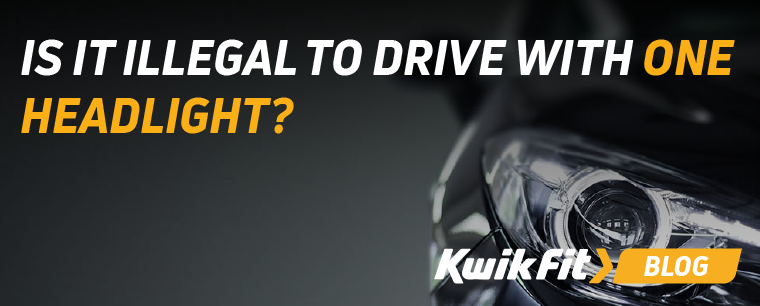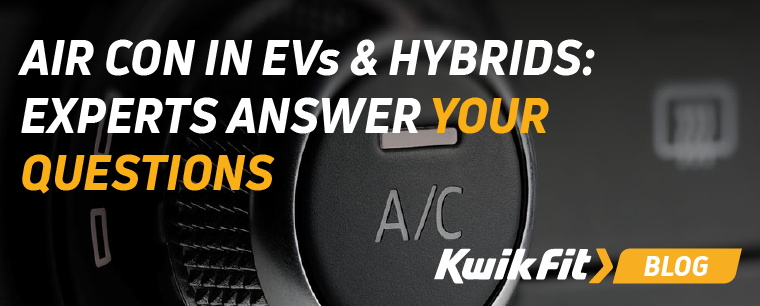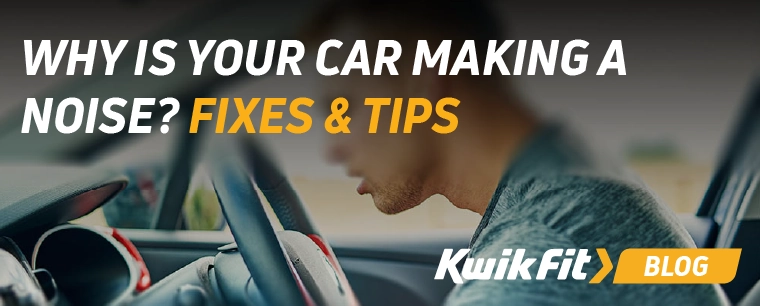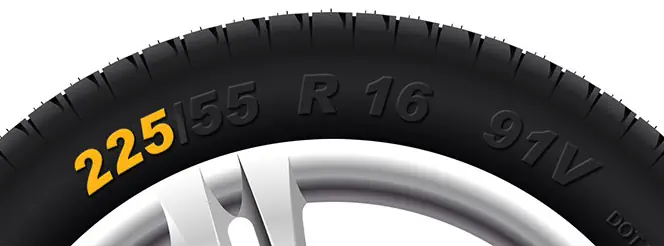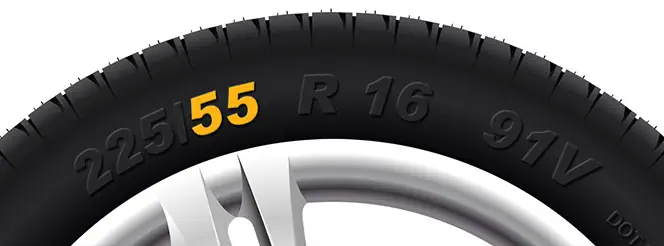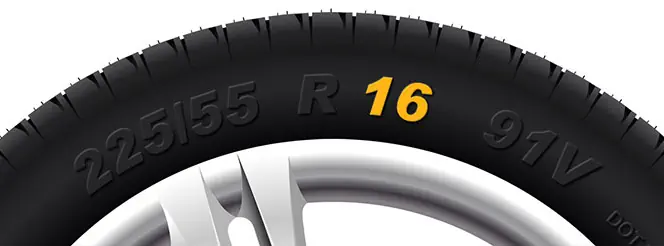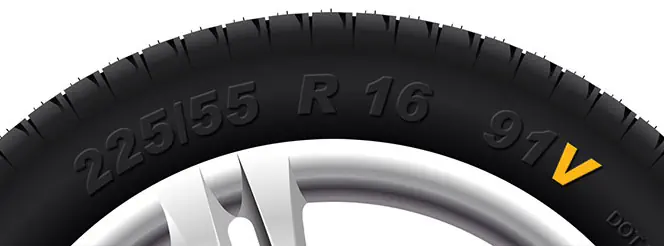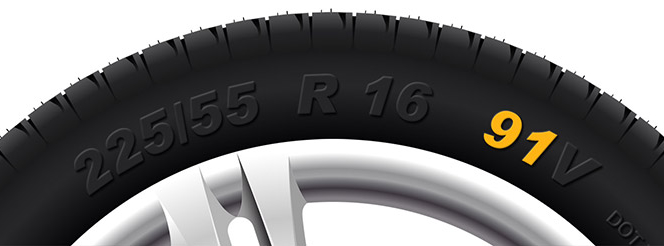What Tyres Do You Need For Your Car? A Guide
Jack Dreyer | Friday 5th January 2024 8:30am
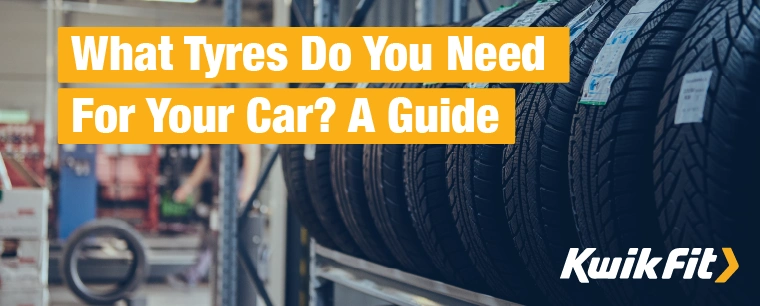
Finding the right tyres for your car can be more difficult than you’d think. Thankfully, our handy tyre search tool helps you see at a glance which tyres fit your car – so you won’t have to be scrambling in your door jamb every time your tyres wear. But just because a particular tyre fits doesn’t mean it’s always going to be the best one to opt for. So what are the differences, and how much choice do you have in the matter?
Let’s find out!
What type of tyres do I need?
The first thing to consider when choosing tyres for your car is the type of tyres you need. The general tyre “types” are designed for different uses and situations to get the maximum benefit. Here are the main types of tyre available:
Summer tyres
Due to the UK’s climate, summer tyres are usually fitted to cars as standard here. This is because summer tyres are designed with rubber compounds that don’t get as soft on hot days – and the UK’s climate (in most areas) doesn’t get cold enough for long enough to justify the investment in cold weather tyres for many drivers.
They don’t perform as well in wet & icy conditions, but they’re superb all-rounders offering a high level of grip in warm, dry conditions.
Winter tyres
As you may expect, winter tyres are designed for use in wintery conditions. They primarily feature a really high groove ratio so that they can maintain grip on wet and snowy roads, but they’re also designed to continue working effectively below 7°C. This temperature is crucial because rubber, in essence, is an organic material that expands and contracts with temperature changes. Stiffer rubber (like that on summer tyres) will therefore tend to crack over time as temperatures drop.
All-season tyres
All-season tyres are the true all-rounders – they’re specifically designed for use in both summer and winter by making use of special, usually patented, rubber compounds that remain elastic in colder temperatures but don’t start to melt at higher temperatures. So they’re great when you want to just fit them and forget them, but they won’t offer the same maximum performance in either summer or winter than a specialty tyre would.
Runflat tyres
Runflat tyres make the dreaded roadside wheel change obsolete. They’re designed with a reinforced interior sidewall so that, in the event of a puncture, they don’t deflate entirely. This lets you continue driving on them for long enough to get to an auto centre to have them replaced. Crucially, this doesn’t mean you can continue driving on them indefinitely!
4x4 & off-road tyres
These types of tyres are specifically created to handle the challenges of all-wheel drive and, more importantly, off-road conditions. They usually have incredibly thick sidewalls and really deep tread grooves to let them maintain grip in muddy, soft, and snowy ground.
This extra sturdiness and grip, however, comes at the expense of fuel economy.
Tyres for fuel economy
These aren’t necessarily a separate tyre type in themselves, but fuel-efficient tyres are tyres of various specialties designed with a low rolling resistance. This means they’re able to maintain grip without holding the road too tightly, which means you don’t need to use as much fuel to get going.
Tyres for wet braking
In the same vein as above, these aren’t separate tyres in themselves but those designed with better wet braking capability. A great rule of thumb is that the deeper the tread grooves, the better the tyre will be able to brake in wet conditions.
What size tyres do I need for my car?
Another thing to take into account when deciding which tyres you need for your car is the size. The size of tyre needed for your car depends on the make and model of the vehicle.
When finding the right size tyre for your car, you’ll need to consider:
- Section width
- Wall thickness
- Rim diameter
- Load rating
- Speed rating index
This can seem complex, but there are a number of ways to get this information. Most cars have a sticker on the inside of the door jamb on the driver’s side, displaying both the size and pressure of the tyres.
You can also look at the tyres currently on your car. The tyre size should be on the sidewall of the tyre.
Perhaps the easiest way to find the right tyre size for your car is to use our Tyre Size by Registration Plate tool. All you need to do is put in your number plate, and the most likely fitment will show. We recommend you check this against your user manual to be extra sure.
Find out more about what size tyres you need for your car here.
Can I change my tyre size?
Your car’s tyres are sized and shipped in relation to the size of the actual rims that they’re mounted on. This itself is designed to account for an overall size of the wheel - which affects things such as steering and suspension.
If you change the size of your rims, then you could (in theory) change the size of your tyres – so long as the overall diameter of the wheel stays the same. However, your speedometer would need to be recalibrated with most changes to tyre size. And your tyre pressure may need to be adjusted accordingly.
Don’t mismatch your tyres
Many tyre experts, including Continental, strongly recommend fitting four of the same tyres to your car – and by “same” they’re referring to the same size (the correct size for your vehicle), the exact same tread pattern, and, ideally, the same age. They don’t suggest this because they want to sell more tyres. They do so because it’s proven to be much safer for drivers, their passengers, and other road users.
If you ignore this advice, you’re exposing yourself to various problems:
Mismatched car tyres have a habit of throwing off your speedometer. That means inaccurate, false readings, resulting in you not knowing how fast you’re actually driving. In turn, if you underestimate your speed and have mismatched tyres, your stopping distances may be compromised.
Fitting mismatched car tyres can adversely affect your steering, acceleration and the all-round general handling characteristics of your car. Uneven car tyres can lead to less grip, and that means less control. Your vehicle will feel sloppy, and you may struggle to achieve shorter stopping distances on wet, cold, or icy roads.
Mismatched tyres can mean it takes your car noticeably longer to get up to speed. This is especially dangerous if you find yourself suddenly needing a burst of speed to evade danger, such as a head-on collision. Perhaps more importantly, it also takes noticeably longer to come to a safe stop.
If one of your car tyres is wider than all the others, mismatched tyres will ultimately cause serious instability, especially at high speeds, and particularly in wet or icy driving conditions. This is of serious concern for drivers with uneven tyres driving on a motorway, where a sudden loss of control at high speed could prove catastrophic.
Finally, long-term, if you fit mismatched tyres you are putting yourself at risk of damaging your car’s wheel bearings, and even destroying the clutch. Not only does this have implications for your driver safety, there’s financial consequences too.
Should I replace my tyres with the original equipment tyres?
Original equipment tyres (OE tyres) are the tyres the car or van would have been equipped with as it left the factory, and are specially designed by the manufacturer and tyre engineers to offer the best performance for a specific car.
This includes handling, noise, comfort, fuel efficiency, and even safety levels. For example, a Mazda 2 will have different tyre needs and performance demands compared to a Land Rover Discovery. They are very different cars and require differing levels of comfort and handling, depending on how they will be expected to be driven.
Another example of this was a partnership between Audi and Bridgestone. Audi was looking to minimise in-vehicle noise and increase comfort, and Bridgestone was able to achieve this by filling cavities with sound-absorbing materials and making various other adjustments. This combination was all part of innovation with proprietary B-Silent Technology – available on the Audi A6.
Therefore, yes, car owners should consider replacing their worn tyres with OE tyres to ensure their car has the best performance and safety levels, as intended by the manufacturer.
What price range should my tyres be?
The price of tyres varies depending on the type of tyre, ranging from premium to budget.
Premium tyres, including those from brands such as Bridgestone and Pirelli, are the most expensive, but they typically offer more precise handling and an all-round better driving experience, while budget tyres are more cost-effective but offer less in terms of performance. And then there are mid-range tyres, which sit somewhere between the two.
What tyre pressure do I need?
Tyre pressure is measured in pressure per square inch (PSI) or BAR pressure. If you want to keep your tyres in good condition for longer, it’s important to keep the pressure close to the recommended level. This also helps make them more fuel-efficient and keeps them safe.
Underinflated tyres increase the risk of:
- Accelerated wear
- Tyre blowouts
- Fuel inefficiency
While overinflating tyres can also be damaging, risking:
- Loss of traction
- Poor braking distances
Tyres typically lose up to two PSI of air each month, so it’s important to check your pressure regularly.
If you’re unsure what tyre pressure you need for your car, try our handy tool. Simply enter your vehicle registration number and we’ll let you know what tyre pressure you’ll need.
Tyre buying tips
For all vehicles, irrespective of performance, we recommend:
- Don’t mix tyre patterns across a vehicle
- Don’t mismatch tyres on an axel pair – this can lead to uneven wear and reduced handling in wet conditions
- Replace tyres across an axle as a minimum requirement
- Check tyre pressure every two weeks
- Consider using original equipment tyres
How to buy car tyres
Our team can offer you impartial, expert advice based on your car, as well as where and how much you drive.
Read on for our tyre buying guide to help you make an informed decision on buying your next tyres, or find your local Kwik Fit centre here.
Any facts, figures and prices shown in our blog articles are correct at time of publication.
Featured Articles
Is it Illegal to Drive With One Headlight?
Saturday 19th July 2025
Wondering if it’s illegal to drive with one headlight? Learn about the safety risks and penalties of illegal blown bulbs and why you should fix them promptly.
Air Con in EVs & Hybrids: Experts Answer Your Questions
Monday 30th June 2025
Does air con drain EV batteries? Can you use the air con while charging an electric car? Find out the answers to these questions & more from Kwik Fit’s experts.
Why Is Your Car Making a Noise? Fixes & Tips
Friday 13th June 2025
When your car starts making unexpected noises, it can certainly be quite disconcerting; it may be nothing to worry about, but here’s what you need to know.


